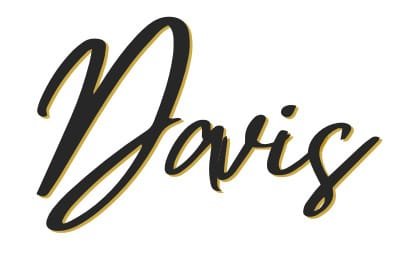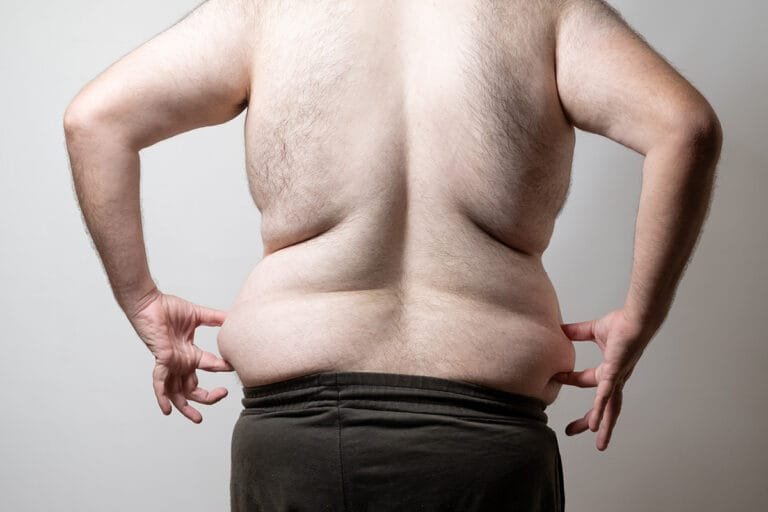Craving Control, Naturally: Supporting Appetite Suppression While Lowering Your GLP 1 Dose
GLP 1 medications like Ozempic and Wegovy have helped millions kickstart their weight loss journeys. But as more patients begin to cycle off or reduce their dosage, the question becomes: how do you maintain control of your appetite without the same level of pharmaceutical support?

At Davis Aesthetic Weight Loss, led by board-certified plastic surgeon Dr. Steven Davis, the answer lies in building smart, sustainable habits that support craving control naturally.
Understanding the GLP 1 Cycle
GLP 1 receptor agonists work by mimicking the hormone that regulates appetite and glucose levels. When patients taper down or take breaks from these medications—whether due to supply shortages, cost, or long-term planning—appetite suppression can return to baseline.
That doesn’t mean progress has to stop.
1. Meal Timing and Composition
One of the best ways to stay in control is to structure meals intentionally. Protein-forward meals with healthy fats and fiber can blunt hunger and support satiety without spikes in blood sugar.
Dr. Davis often recommends front-loading nutrition in the first half of the day and limiting processed carbohydrates in the evening—especially when tapering off GLP-1s.
2. Hydration as a Hunger Regulator
Dehydration is often mistaken for hunger. Sipping water consistently throughout the day—and starting every meal with a glass—can help reduce false cravings.
Many Davis Aesthetic Weight Loss clients use infused water, herbal teas, or low-calorie electrolytes to keep hydration enjoyable and effective.
3. Sleep: The Silent Metabolic Regulator
Lack of sleep increases ghrelin (the hunger hormone) and decreases leptin (the satiety hormone), making cravings worse and appetite harder to manage.
Prioritizing 7–9 hours of quality sleep each night is one of the most overlooked tools in off-cycle weight management.
4. Strategic Use of Supplements
While not a replacement for medication, certain supplements can help regulate appetite and support metabolic health. Fiber blends, chromium, magnesium, and adaptogens like ashwagandha are popular additions during the cycling process.
Always consult with a provider before adding supplements. At Davis Aesthetic Weight Loss, patients receive personalized supplement guidance as part of a comprehensive plan.
5. Mindful Eating and Behavioral Coaching
Many patients realize post-medication that their eating habits haven’t changed—only their ability to feel full. That’s where behavioral shifts come in.
Mindful eating strategies like eating slowly, logging meals, and recognizing emotional vs. physical hunger can reduce the urge to snack and improve awareness.
Dr. Davis’s team includes behavior-focused coaching to help patients understand their triggers and create routines that last.
6. Exercise for Appetite Regulation, Not Just Burn
While exercise is a calorie burner, it’s also a powerful appetite modulator. Strength training and low-intensity steady-state cardio (like walking or cycling) can improve insulin sensitivity and reduce post-workout hunger compared to high-intensity sessions.
Davis Aesthetic Weight Loss recommends movement plans based on individual needs—especially during transitioning off GLP 1.
7. Check-Ins and Accountability
Transitioning off medication doesn’t mean going it alone. Weekly check-ins, even virtual ones, help patients adjust as needed and stay on track.
Davis Aesthetic Weight Loss provides one-on-one guidance, so patients feel supported through every phase—not just the medicated ones.
Are you reducing or cycling off GLP-1s? Davis Aesthetic Weight Loss offers expert support to help you maintain results and control cravings naturally. Schedule a consultation today to build your personalized plan






